Telling About a Multi-symbiotic Story of Chinese and Western Culture Integration
Intercultural Communication between China and Italy from 13th to 16th Century
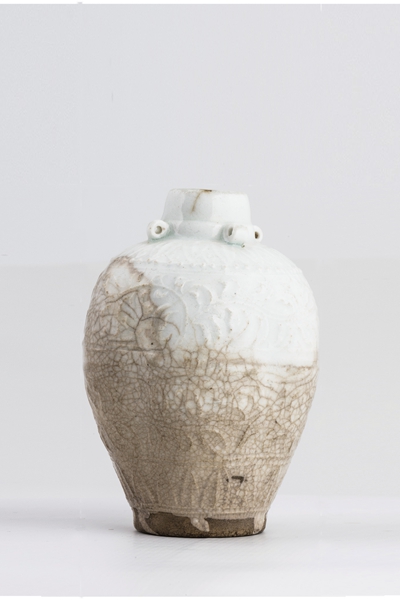
Jar of Marco Polo
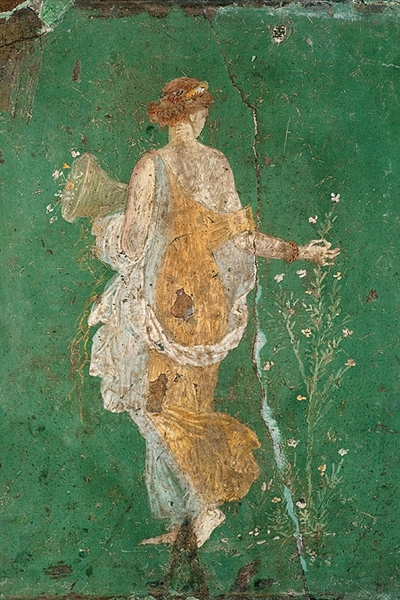
Flora
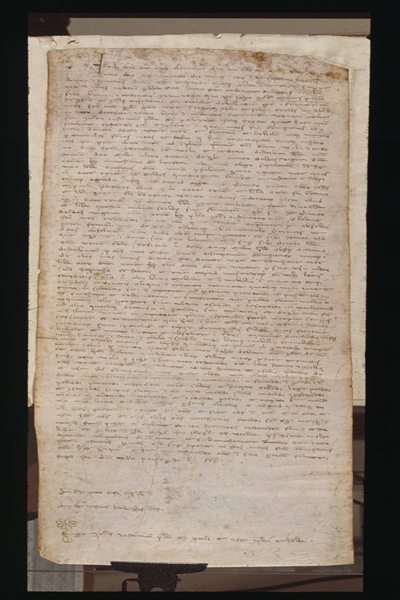
Will of Marco Polo
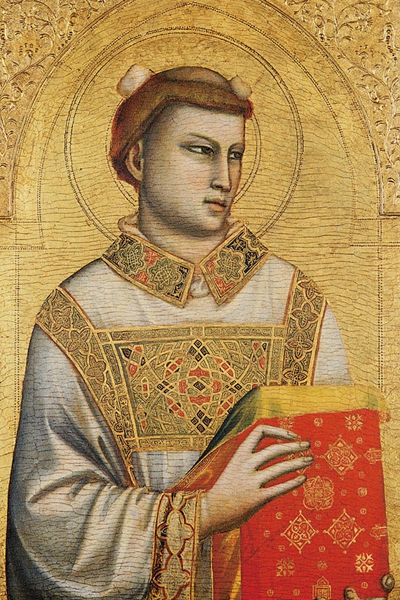
St. Stephen by Giotto
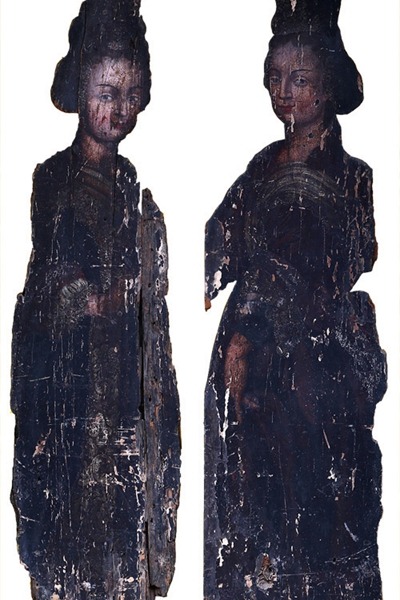
Wooden Beauty
One of the pioneers of Italian Renaissance, known as the "Father of European Painting" Giotto's authentic St. Stephen, one of Fontainebleau's representative works Bathing Woman, the witness of China-Italy trade and cultural exchanges "Marco Polo Jars", imitating "Made in China", Medici soft porcelain jars used as the gift in Western diplomacy, pure gold texture, beautiful and gorgeous "lying deer twig peony pattern gold saddlery," and the Sanxingdui bronze portraits, the new Internet Celebrity due to the program of If National Treasures Can Speak are all presented in the same exhibition—from January 27 to April 30, Hunan Provincial Museum 2018 New Year original exhibition know as Looking for Homeland in the "Farthest Place—Intercultural Communication between China and Italy from 13th to 16th Century" (Hereinafter referred to as "China-Italy Exhibition"), tracing the origins, telling the audiences about a multi-symbiotic story of Chinese and Western culture integration while leading them to experience a time-travel across the Asia-Europe continent and feel a profound change affecting the whole world in five major parts, From Four Seas to Seven Seas, Compass to the East, the Sunrise of Khanbaliq, Macro Polo’s Luggage, and Necessary of Reciprocation in Relationship.
The China-Italy Exhibition includes nearly 250 pieces (sets) of cultural relics from 22 domestic museums, including Hunan Provincial Museum, Capital Museum, Inner Mongolia Museum, Hubei Provincial Museum, Guangdong Provincial Museum and China National Museum as well as 26 overseas museums, including Metropolitan Museum of Art, Uffizi Gallery of Italy, National Roman Museum and etc. All the exhibits, master posthumous works with extreme exquisiteness or far-reaching artistic conception, have a very high artistic and cultural value.
Love and passion never die. Between the 13th and 16th century, China and Italy, the two "giants" at the both ends of the Eurasian continent, represented the great ancient countries with the highest achievements of civilization at that time. Although across the ocean, in the course of millennia, from ignorance to exploration, acquaintance to gradual understanding, the two countries ultimately spanned across mountains and rivers to achieve the meticulous longing encounter, leaving a trace of their cultural blends on bronze, glass, silk, ceramics and many other historical relics. For example, the Hunan Provincial Museum collection of large quantities of textiles: "longevity embroidery" silk robe and etc., are the excellent proof that China is the "Silk State". With the opening-up of the China-EU commercial road and the development of the Silk Road, the status of Chinese silk as luxury goods appeared on the world stage and led the fashion in Rome. Now hidden in the Naples National Archaeological Museum of Italy, the ancient city of Pompeii unearthed mural Flora, although after years of grinding, the mural has become somewhat obsolete, but a woman dressed in silk is still clearly found, showing her light and graceful posture.
Facing the east, passion for Khanbaliq. With the wide application of compass invented in China, the road to the prosperous world was opened. In the sea and land, all kinds of shipping caravans and a large number of seafaring explorers all coincide with the influx of oriental paradise - Khanbaliq. In the mid-15th century, the Italian mapologist Fra Mauro plotted an "Old World" map - the Map of Fra Mauro - with incredible accuracy. This circular 196-centimete-diameter map covers all of the known worlds at that time, containing not only a detailed depiction of mountains and rivers, but also detailed annotations around the world, known as "the greatest record of medieval mapography". It is worth mentioning that, in the lower left corner of the map, a considerable volume of bridge over the river can be clearly found, which is the Yongding River and Lugou Bridge, an important symbol of the location of the Mongol Empire and the metropolitan capital not only portrayed in the Map of Fra Mauro, but also specifically narrated in the Travels of Marco Polo. In the scroll Rafting under the Lugou Bridge of the exhibit, the magnificent lions carved on the "Unique" Lugou Bridge, design of arches and the busy business scene of water transport were clearly depicted, which was mostly consistent with Marco Polo's narration in his Travels.
Travel with Marco Polo. Marco Polo, a famous Italian traveler and businessman in the 13th century, completed the round-trip journey through Eurasia via the post-station traffic opened up by the Mongol Empire. The main achievement of his life was a recount of the Travelogue of Marco Polo, the first written by Europeans to elaborate the history, culture and art in China. Since its publication, the book has been widely circulated and printed in nearly 120 languages so far. The excerpt from the Tranelogue Marco Polo transcript exhibited is written on animal skins and is the earliest source of the text of Tranelogue Marco Polo Travels currently preserved in Venice, Italy. What kind of this man is? Has he ever been to China? The exhibition Marco Polo's Will provides some clues, during which it also recorded his arrangements for his "millionaire family" in detail, including paying taxes, donating for churches, removing debts from other people, and arranging for his wife and daughter and the servants of Tatar (Mongolia).
In the exhibition, Marco Polo is not just a man, but a merchant, missionary and diplomatic envoy to and from both ends of the Eurasian continent. When theses "Marco Polo" returned from the holy Kingdom of the East with glory, the bags contain an assortment of items, silk with beautiful decoration and exquisite workmanship; ceramics with exquisite modeling and superb technology; a realistic painting depicting the main landscape and so on. Cultural exchanges are the two-way courses. The Marco Polo also left traces of western material and artistic culture in China, creating an indelible impact on Chinese culture.














